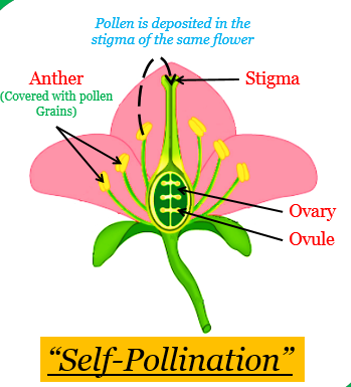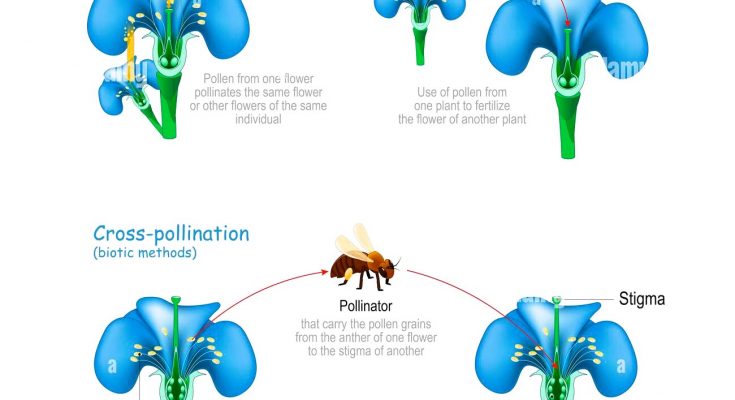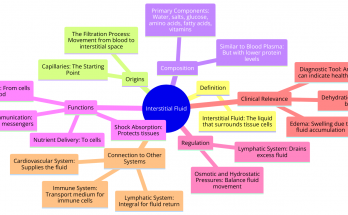Cross Pollination and Self Pollination
Pollination is the process by which pollen grains are transferred from the male reproductive organs of the flower to the female reproductive organs. It enables fertilization and the formation of seeds.Pollination is a vital process in the life cycle of flowering plants. It ensures the continuation of the species.
There are two types of pollination – Self-pollination and Cross-pollination.
In Self pollination the pollen from the male reproductive structure of a flower fertilizes the female reproductive structure of the same flower. Self pollination is common in plants that have flowers that are self-fertile.
Cross-pollination occurs when pollen from the male reproductive structure of one flower fertilizes the female reproductive structure of another flower. Cross-pollination is common in plants that have flowers and that are not self-fertile.
Also Check – “Pollination is Prerequisite for Fertilization in Flowering Plants” Explain
Difference between Self pollination and Cross pollination
16 Important Differences between Cross Pollination and Self Pollination are as follows-
| Self-pollination | Cross-pollination | |
|---|---|---|
| 1 | It is the transfer of pollen grains from the anthers to the stigma of the same flower (autogamy). | It is the transfer of pollen grains from the anthers of one flower to the stigma of another flower of a different plant of the same species. (allogamy). |
| 2 | This process can take place either in the same flower or another flower of the same plant. | This process can take place between two flowers on different plants. |
| 3 | It occurs in the flowers which are genetically the same. | It occurs between flowers which are genetically different. |
| 4 | Causes inbreeding. | Causes outbreeding. |
| 5 | Self-pollination increases genetic uniformity and decreases genetic variation. New varieties are not possible. | Cross-pollination decreases genetic uniformity and increases genetic variation. New varieties can be produced in this type of Pollination. |
| 6 | It preserves parental characters | It does not preserve parental characters. |
| 7 | New variations are impossible, hence young ones cannot adapt to changed environmental conditions. | Offsprings are healthier to adapt to environmental changes |
| 8 | Causes homogeneous conditions in progenies. | Causes heterozygous condition in progenies. |
| 9 | Reduces the gene pool. | Maintains the gene pool. |
| 10 | Occurs only in perfect flowers. | Occurs both in perfect or imperfect flowers. |
| 11 | In self-pollination, both the stigma and Anther mature at the same time. | In cross-pollination, both the stigma and anther mature at the different time. |
| 12 | It can occur even when the flower is closed. | It can occur when a flower is open. |
| 13 | No external agent is required for pollination | An external agent (wind, water, insect) is always required for pollination. |
| 14 | Produces limited amounts of pollen grains. | Produces large amounts of pollen grains. |
| 15 | No wastage of pollen grains occurs and thus, is economical. | Wastage of pollen grains occurs and hence, is not economical. |
| 16 | Flowers are not attractive nor do they produce nectar. | Flowers attract insects by various means like coloured petals, scent and nectar. |
 |  |
Also Check – Agents of Cross-Pollination
Also Check – How is the Process of Pollination Different from Fertilization
Also Check – Sexual Reproduction in Flowering Plants for Class 10
Also Check – What is Pollination


3 Comments on “16 Important Differences between Cross Pollination and Self Pollination”